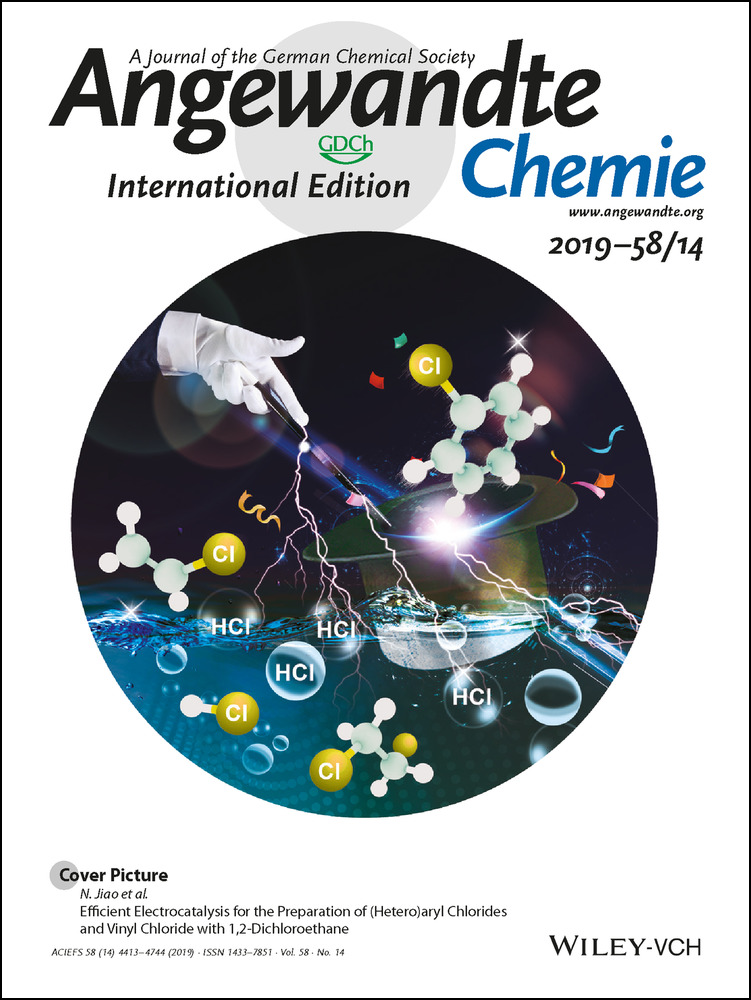Open-Shell 3d Transition Metal Nitridophosphates MIIP8N14 (MII=Fe, Co, Ni) by High-Pressure Metathesis
Dedicated to Professor Bernt Krebs on the occasion of his 80th birthday
Graphical Abstract
Abstract
3d transition metal nitridophosphates MIIP8N14 (MII=Fe, Co, Ni) were prepared by high-pressure metathesis indicating that this route might give a systematic access to a structurally rich family of M-P-N compounds. Their structures, which are stable in air up to at least 1273 K, were determined through powder X-ray diffraction and consist of highly condensed tetra-layers of PN4 tetrahedra and MN6 octahedra. Magnetic measurements revealed paramagnetic behavior of CoP8N14 and NiP8N14 down to low temperatures while, FeP8N14 exhibits an antiferromagnetic transition at TN=3.5(1) K. Curie–Weiss fits of the paramagnetic regime indicate that the transition metal cations are in a oxidation state +II, which was corroborated by Mössbauer spectroscopy for FeP8N14. The ligand field exerted by the nitride ions in CoP8N14 and NiP8N14 was determined from UV/Vis/NIR data and is comparable to that of aqua-ligands and oxophosphates.





